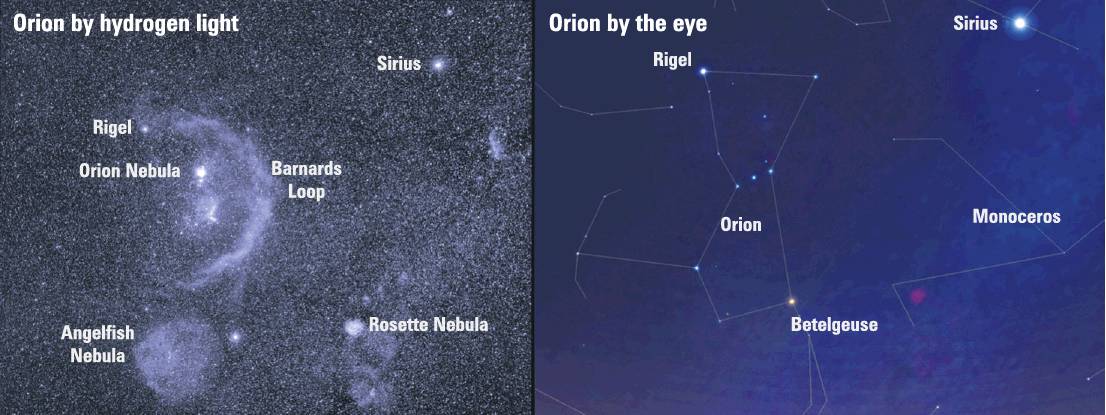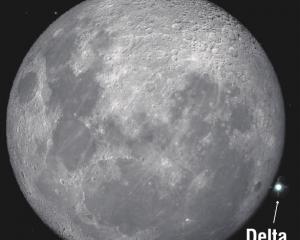
We live in an age in which tools are available that enable us to ''see'' some truly remarkable celestial vistas, writes Ian Griffin.
Have you ever wondered what your surroundings would look like if, rather than utilising visible light, your eyes could receive and process other wavelengths?
I'm guessing that, for most people, the answer is no.
For stargazers' however, the fact that our visual cortex has evolved to see the world using a narrow band of colours can be a tad frustrating.
That's because the relative lack of sensitivity of the human eye means we miss out on some of the most wonderful sights in the universe. Luckily for us, we live in an age in which tools are available that enable us to ''see'' some truly remarkable celestial vistas which would otherwise be invisible.
To show you what I mean, let's turn our attention to the constellation Orion. This much-storied star assemblage rises just after midnight, and by dawn is high in the northern sky. Even to the much-maligned human eye, Orion is actually rather pretty.
It contains the bright stars Regulus and Betelgeuse and the region of the sky bounded by this constellation contains some marvellous objects, including the beautiful Orion Nebula, a dim fuzzy patch of light (just visible to the unaided eye on a clear dark night) which powerful telescopes reveal to be a stellar factory, where cosmic forces are forging a new generation of stars from cosmic dust and gas.
While Orion is certainly appealing at visual wavelengths, much is hidden from our eyes. To see what I have been missing, last week, in my Portobello back garden, I attached a special filter to my camera which only allowed passage of a narrow band of colours emitted by hydrogen atoms and then used this device to take a series of pictures of the sky.
In hydrogen light Orion becomes a veritable celestial wonderland, festooned by extraordinarily beautiful objects like Barnard's Loop, a massive bubble of gas some 300 light years in diameter that was created by an exploding star some two million years ago. It's amazing what you can ''see'' from your garden these days!












